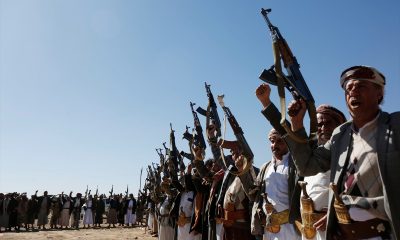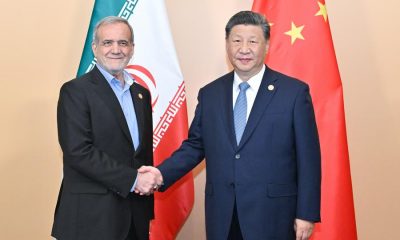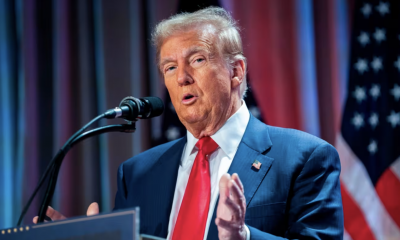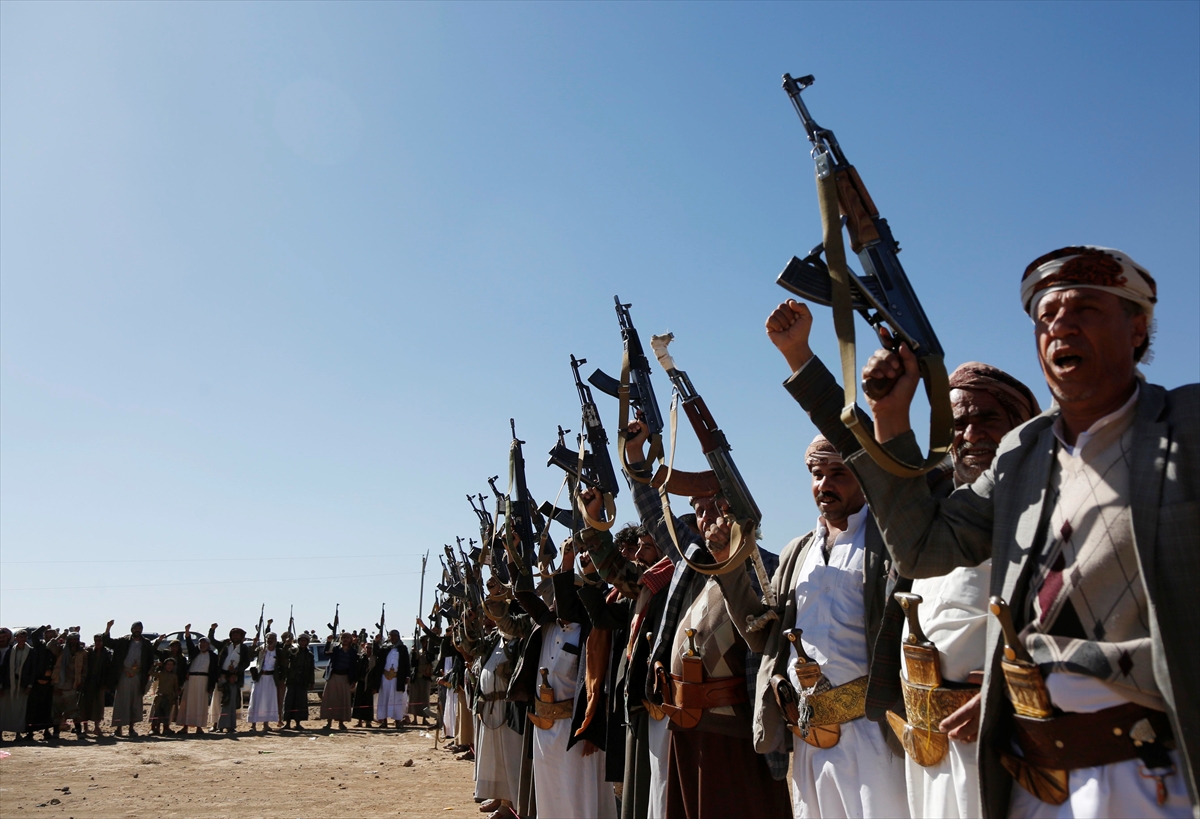Pakistan has carried out airstrikes targeting three positions in neighboring Afghanistan late on Tuesday night, and apparently the target was against Tehreek-e-Taliban Pakistan (TTP) armed group in Paktika province – the Taliban defense official warned of retaliation.
However, Pakistan’s Ministry of Foreign Affairs or the country’s military media wing, the Inter-Services Public Relations (ISPR) has remained silent over the airstrike so far.
But the Taliban spokesman said that the strikes occurred in the Barmal district, near Pakistan’s South Waziristan tribal district in Khyber Pakhtunkhwa province, in which 46 people, mostly women and children, lost their lives. He also confirmed that the casualties included those refugees who recently came to Paktiak from Waziristan of Pakistan.
Taliban spokesman Zabihullah Mujahid said that Pakistan targeted four locations in Barmal district and said that six others were wounded in the attack.
Taliban called the airstrikes against international principles and clear aggression against Afghanistan.
Taliban defense ministry also coiffured the attacks and said that civilians had been targeted. Ministry spokesman Enayat Khowarazm said the Pakistani army bombed Barmal district, in which a number of children and other civilians were killed and injured.
“The Islamic Emirate of Afghanistan considers this barbaric act to be against all international principles and a clear aggression, and strongly condemns it. The Pakistani side should know that such arbitrary measures are not a solution to any problem,” Khowarazam said.
Speaking to Harici, Khowarazam said that “Islamic Emirate will not leave this cowardly act unanswered. We consider the defense of our territory as our inalienable right.”
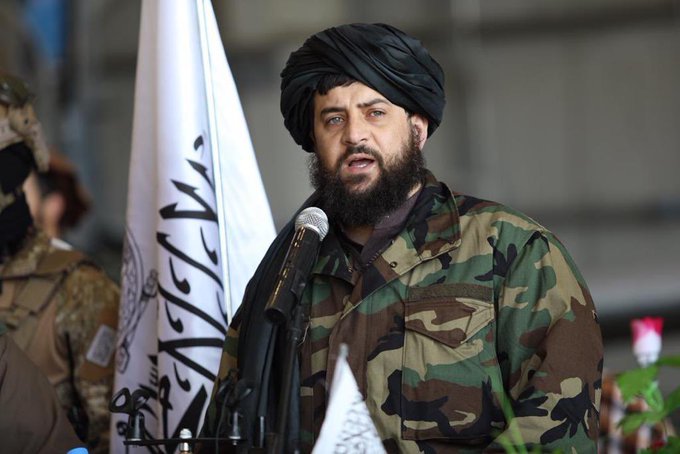
Afghan Defense Minister vowed to retaliated Pakistan’s airstrikes that killed 46 people and wounded six others.
This is the second such incident this year in Afghanistan that came just hours as Pakistan’s Special Envoy for Afghanistan Mohammad Sadiq is already in Kabul and met with top Taliban leadership.
Sadiq met with Interior and Foreign Ministries in Kabul, where both sides discussed issues related to the bilateral topics, including security and border issues. Is there any connection between Sadiq’s visit to Kabul and Pakistan’s airstrikes. What message Pakistan wants to deliver to the Taliban leadership at a time when its special envoy is already in Kabul meeting with Taliban leaders. And most importantly, what message will Sadiq leave when he departs Kabul back to Islamabad.
Pakistan apparently failed to handle the TTP issue through diplomatic channels and went to take military action.
Pakistan has always used two tools against Afghanistan. On the one hand, they proceed with a diplomatic approach, but on the other hand, they have used intelligence to exert pressure. Pakistan’s recent action is a contradiction, but the reality is that the army makes this decision, not the diplomatic system.
Meanwhile, the Taliban’s diplomatic weakness has made the ground favorable for Pakistan’s military intervention and attacks. In order to defend such attacks, it is necessary to form a legitimate and popular system in Afghanistan.
Islamabad’s relations with the Taliban have gone through significant ups and downs in the past three years. During this period, the Pakistani army has repeatedly targeted what they believe to be the positions of the Pakistan’s Taliban TTP in Afghanistan.
The meetings of Pakistan’s special representative Sadiq with Taliban officials in Kabul were encouraging – but the attack of the Pakistani army in Paktika will have a very negative effect on his trip. Such measures are not the solution and both sides should end the tensions through dialogue.
Islamabad has repeatedly warned about the presence and use of TTP in Afghanistan against Pakistan’s security and has continuously emphasized that they have provided the Taliban with the necessary evidence that TTP is planning attacks from Afghanistan.
Now, however, it is believed that Pakistan is trying to impose diplomacy to force the Taliban to act against the TTP in Afghanistan, but the Taliban have always denied the presence and activities of the TTP inside Afghanistan.
Increasing attacks in Pakistan by TTP fighters since Taliban takeover
Pakistan has repeatedly accused the Taliban government for harboring TTP, and also Islamabad claims that they carried out enormous cross-border attacks targeting security forces.
Last week, TTP claimed responsibility for killing at least 16 Pakistani forces in South Waziristan. After the attack, the Pakistan army said that TTP conducts its operation from Afghan sanctuaries, and the claim comes when the Taliban deny providing refuge to the TTP fighters.
During his briefing at the UNSC meeting last week, Usman Iqbal Jadoon said that thousands of TTP fighters have sought shelter in Afghanistan.
“The TTP, with 6,000 fighters, is the largest listed terrorist organisation operating in Afghanistan. With safe havens close to our border, it poses a direct and daily threat to Pakistan’s security,” Jadoon said at the UN briefing.
North Waziristan, a region bordering Paktika, where Pakistan conducted airstrikes against TTP fighters, has historically been a stronghold for different militant groups.


 EUROPE2 weeks ago
EUROPE2 weeks ago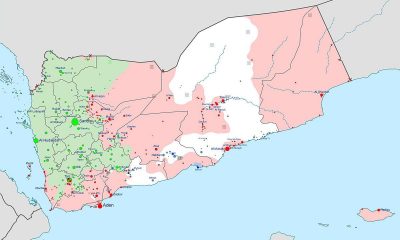
 MIDDLE EAST2 days ago
MIDDLE EAST2 days ago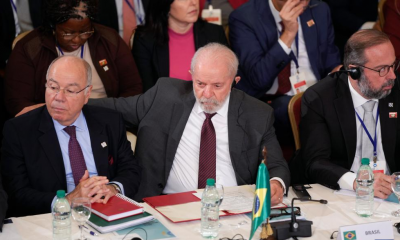
 OPINION2 weeks ago
OPINION2 weeks ago
 ASIA2 weeks ago
ASIA2 weeks ago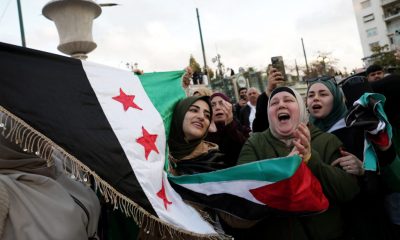
 MIDDLE EAST2 weeks ago
MIDDLE EAST2 weeks ago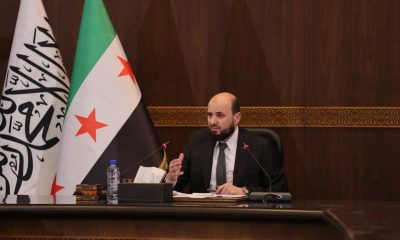
 MIDDLE EAST2 weeks ago
MIDDLE EAST2 weeks ago
 ASIA2 weeks ago
ASIA2 weeks ago
 INTERVIEW1 week ago
INTERVIEW1 week ago

